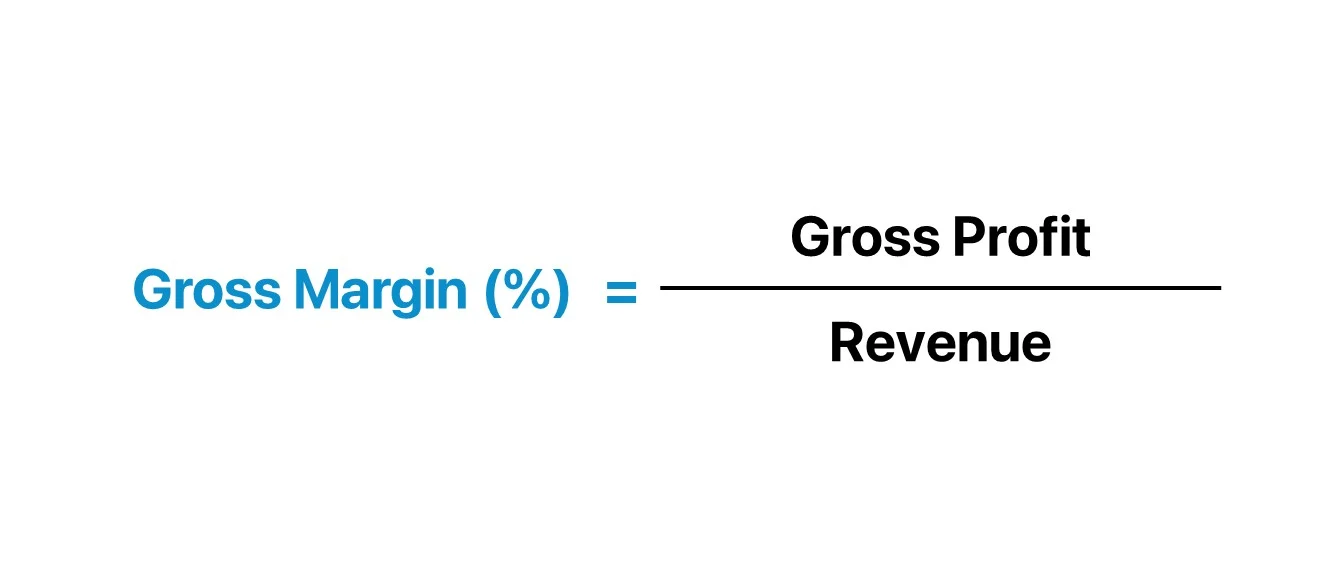Financial management is a weak spot for so many small businesses. When I ran my companies, it was almost an afterthought after a very busy day (and I had an MBA in finance). Few owners are taught about how to read financial statements (or even balance their own checkbook), so they typically avoid the numbers or deprioritize their importance. Many times, they only get serious about the financial statements only at tax time or rely on their CPA to get them any analysis annually or quarterly.
But in business (and life), it’s hard to know where to go if you don’t know where you have been.
Monthly review and analysis of financial statements are critical to the success of your business, but all the numbers can be confusing.
The one financial metric that will make or break your business is your gross margin.
On your profit and loss statement (sometimes called the income statement) gross margin is defined as revenue minus cost of good sold (or cost of services sold). For example, if your product sells for $100 and your cost to produce, buy or service it is $30, then your gross margin is $70 or 70 percent.
Once you understand this basic business model, the goal is to make as large a gross margin as possible on each sale. It is a lot easier to make a bottom-line net profit (EBITDA) with a gross margin of 80% than it is with one that has only a 30% since there is a lot more room for overhead expense. Every additional dollar of gross margin will add to your net profit.
It is very difficult to run a successful business if you have a gross margin of 20% since there is little room for other expenses.
Gross margin best practices vary depending on industry:
- Distribution (40-50%)
- Services businesses (50-65%)
- Manufacturing (70-80%)
- Technology or intellectual property (80-90%)
If your gross margin is too low, then there are two ways to fix it: raise your price to your customers or lower your costs to produce the revenue. You can reduce your costs by looking at alternate suppliers or lower cost labor.
Seth Godin summarizes the other metrics that are important to know to have a successful business which are not on the financial statements:
- How much does it cost to get a new customer? (cost of acquisition)
- How much do you make from every interaction with that customer?
- How long does the customer stick around? (life time value)
- How many new customers will existing customers bring you over time? (referral rate)
What metrics do you monitor monthly that contribute to your success?

